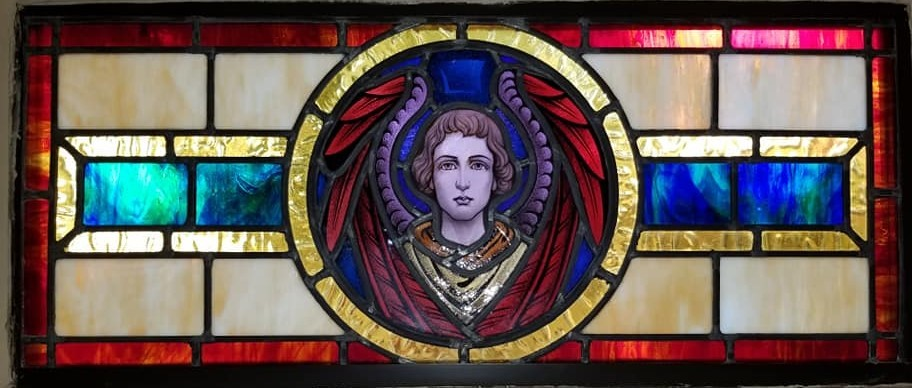Even something as complex as the eye has appeared several times; for example, in the squid, the vertebrates, and the arthropods. It's bad enough accounting for the origin of such things once, but the thought of producing them several times according to the modern synthetic theory makes my head swim
Statements of Financial Position and Cash Flows and the Annual Report (Part V)
by
Charles Lamson
 |
Reporting Cash Flows from Investing and Financing Activities As discussed in previous posts, the statement of cash flows also includes a section showing the cash flows related to investing activities and a section showing the cash flows related to financing activities. Cash flows from investing activities relate to the acquisition and disposition of productive property, investments in debt and equity securities, and making and collecting loans. Financing activities involve the cash receipts and payments from debt and equity financing. EXAMPLE 6A.3 Investing and Financing Activities PROBLEM: Consider Aries Endoscope, Inc. from Example 68.2 in Part 83. In addition to the information presented in that example, Aries also received and paid the following amounts: Aries Endoscope had a beginning cash balance of $120,000 and an ending cash balance of $402,090. Prepare the statement of cash flows (using the direct method for the operating activities section) for Aries Endoscope, Inc. SOLUTION: We have already prepared the operating section of the cash flow statement in Part 83 and reintroduced above. We include the cash receipt from the sale of property, plant, and equipment and the cash payment for the acquisition of investment securities in the investing activities section. We include all cash transactions related to the loans in the financing activities section. Aries Endoscope statement of cash flows is as follows: *GORDON, RAEDY, SANNELLA, 2019, INTERMEDIATE ACCOUNTING,2ND ED. PP. 306-307* end |
%20(1)%20(1).jpg)


%20(2)%20(1).jpg)
%20(2)%20(2)%20(1)%20(1)%20(1).jpg)


%20(1)%20(1).jpg)
%20(1).jpg)
%20(1)%20(1).jpg)

%20(1)%20(2).jpg)
%20(1)%20(1).jpg)


%20(2)%20(1).jpg)
%20(1)%20(1).jpg)

%20(1)%20(1).jpg)
%20(1)%20(2).jpg)

%20(1)%20(2).jpg)


%20(1)%20(1).jpg)

%20(1).jpg)
%20(1).jpg)
%20(1).jpg)

%20(1)%20(2).jpg)



%20(1).jpg)
%20(1)%20(2).jpg)
%20(1).jpg)
%20(1).jpg)

